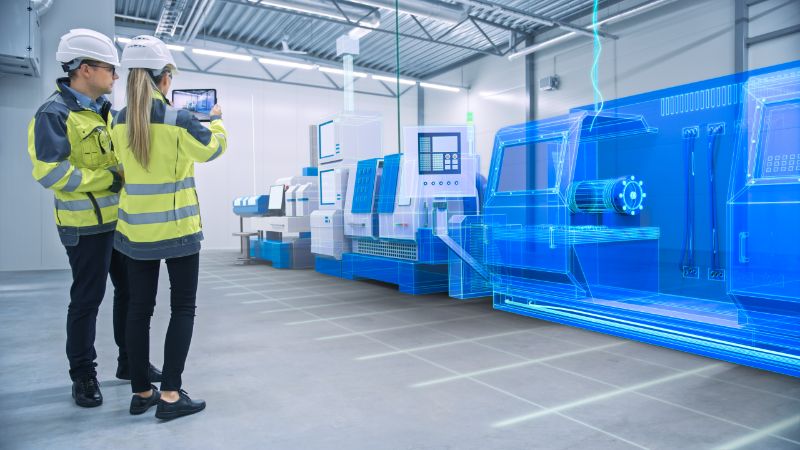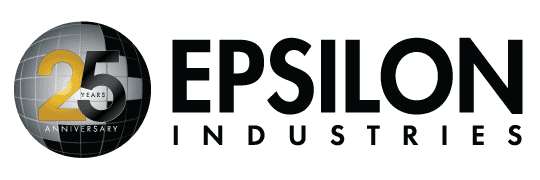If you’ve attended a construction conference or trade show recently you’ve likely heard presentations about Virtual Design & Construction (VDC). From enhanced design software and virtual walkthroughs to augmented-reality goggles that visualize finished structures in place, technology is optimizing processes at all stages of construction.
VDC is not limited to work in the field. At Epsilon we are using VDC in our factory processes to streamline quality assurance and control. It’s another step in optimizing the benefits of Off-Site Construction (OSC) and Design for Manufacturing & Assembly (DfMA).
Meanwhile, project teams may use augmented reality to visualize how a new modular central utility plant will look on site, or how a prefabricated super-skid will align within an existing structure. They no longer have to review elevation drawings in the field and try to imagine how the finished project will look.
However, if we want to maximize the impact of the latest technology and processes available to our industry, it’s helpful to think about the classic MacLeamy Curve. This image from a recent presentation by Jeff Sample (Join) and Jonathan Marsh (Steel Toe Consulting) illustrates how the cost and effort required to make changes in a construction project go up exponentially as a function of time.

What the curve also highlights is that VDC is arguably most impactful in the way it can optimize traditional processes. Whereas, DfMA represents a retooling of the process itself – fundamentally shifting design and fabrication tasks to fit within a more manufacturing-oriented environment (Off-Site Construction).
This begs the question: how can we as an industry leverage the inherent benefits of DfMA more effectively to maximize positive impacts on our projects?
Ultimately, VDC is unlikely to impact our industry the way properly implemented DfMA / OSC can, simply because OSC impacts a project at the point when we can optimize project metrics (design, performance, etc.) at the lowest cost. VDC is significantly more powerful when paired with Off-Site Construction as an integral part of the DfMA / OSC process, versus as a standalone tool.
The challenge for the designers and constructors of tomorrow is to understand the technologies, processes and techniques available, and combine them in the most efficient ways possible to produce better results in costs, timelines, quality and other metrics of success.
How are you and your organization using VDC and DfMA today? Have you considered how you can bake OSC and emerging technologies into your projects? We want to hear from you – what is working for you today, and what are your plans for the future?

